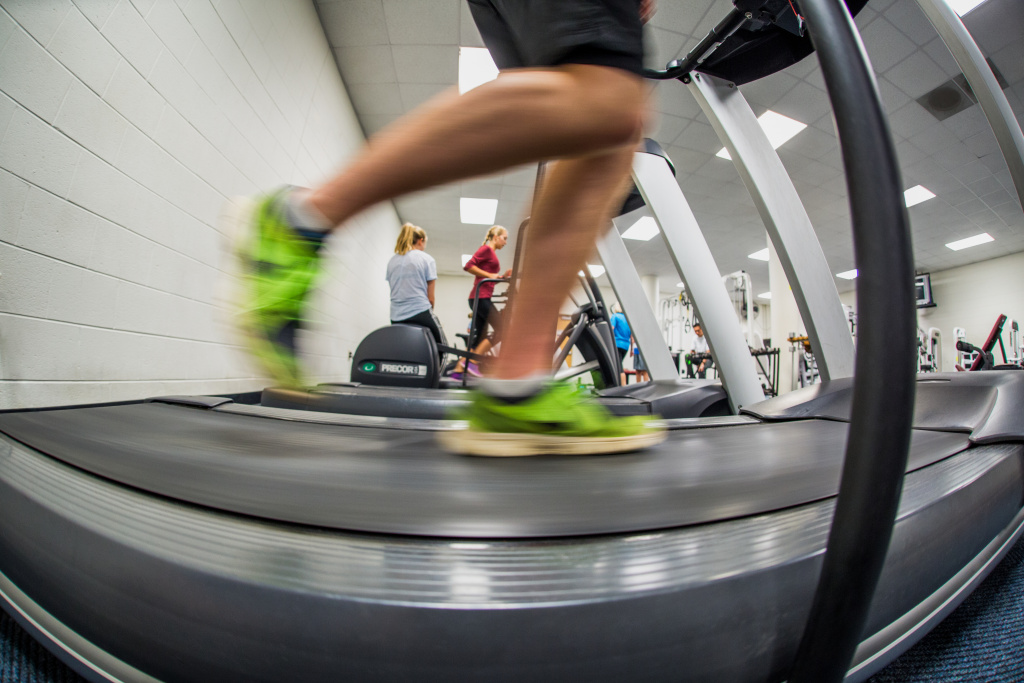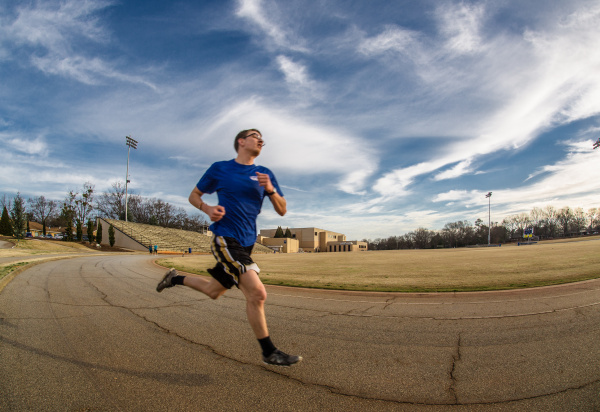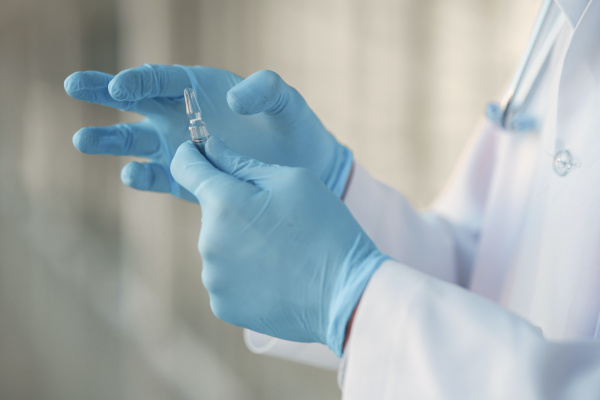Exercise can have both a positive and a negative effect on the functioning of the immune system. The ongoing COVID-19 pandemic has raised many questions about whether exercise protects us from respiratory infection by boosting immunity or exposes us to increased infection by suppressing the immune system.
See Also: The Value of Staying Active During COVID-19
Although research studying the effects of exercise on COVID-19 patients has yet to be conducted, exercise’s impact on immunity and viral respiratory infections is well documented. The influence of physical activity on viral infection outcomes is important to public health.
Does Exercise Boost a Human’s Immune System?
Active vs. Sedentary Studies
Numerous epidemiological studies have examined the effects of exercise on individuals with illness who are either moderately active or sedentary. These studies consistently show people who are active or physically fit get significantly fewer upper respiratory tract infections (URTI) per year than less active people.
A group of 547 healthy adults (mean age 48 years) were recruited for a one-year observational study. They were interviewed for physical activity and illness symptoms every three months. The results of this study revealed a 29% decrease in URTI risk for individuals who engaged in moderate-to-vigorous physical activity compared to less physically active individuals.
Another study monitored URTI symptoms among 1,002 community adults (aged 18–85 years) during common cold season (six weeks during winter and six weeks during fall). After adjustment for factors such as age, education level, marital status, gender, BMI and perceived mental stress, the number of days with URTI during the 12-week period was reduced by 43% in participants reporting an average of five or more days of aerobic exercise (20-minute bouts or longer) compared with those who were sedentary (≤ one exercise day per week).
Intensity of Exercise Studies
Randomized controlled trials in humans have examined the effects of specific intensities and durations of exercise training on URTI incidences and symptoms. Research evidence from the studies supports the theory that moderate exercise training is protective against incidence of illness and symptoms.
One study of 36 mildly obese sedentary women (mean age 35 years), randomly assigned participants to 15 weeks of either a moderate intensity (45 minutes/week, 5 days/week) brisk walking program or observational control. Those in the exercise group (3.6 days) experienced half as many days with URTI symptoms compared with the sedentary group (7.0 days).
Similarly, the effect of 12-month exercise training (five 45-minute walking sessions/week) was studied among 115 overweight and obese postmenopausal women (mean age of 61 years), a subject population known to have reduced immune function. When compared to the control group engaged in a stretching program, the exercise group had a reduced risk of colds over 12 months. In the final three months of the research study, the risk of colds in stretchers was more than three-fold that of exercisers.
How Does Exercise Boost the Immune System?
The human immune system is a well-coordinated network of cells and chemical components designed to recognize and destroy invading pathogens (e.g., viruses, bacteria and fungi). A healthy immune system requires the teamwork of two layers of immune protection: the innate immune system and the acquired (adaptive) immune system.
Multiple explanations have been presented to answer why prescribed exercise protects against URTI. Research studies have shown that a single bout of moderate exercise provides a positive boost to both the innate and the acquired immune systems. Each bout of moderate aerobic exercise instantaneously mobilizes millions of immune cells. The mobilized cells first enter the blood circulation from the spleen and the bone marrow before traveling into the lungs where increased immune defense may be required. These cells, mobilized by exercise, are primed and ready for a fight as they patrol between circulation and tissues.
Depending on the exercise intensity and duration, the number of circulating immune cells can increase by 50% to 400%. Neutrophils and macrophages make up the largest percentage of that increase. However, this exercise-induced increase in immune cells is transient, as the immune system returns to pre-exercise levels within three hours. Consequently, sustained and regular moderate exercise is key to improving the immune system’s response to pathogens and reducing the risk of infection long-term.
What Do I Need to Do to Boost My Immunity through Exercise?
Substantial health benefits can be achieved with many types of aerobic activity (e.g. walking, jogging, cycling, swimming, sports play and aerobic dance). Research shows that 20–40 minutes of moderate-intensity exercise per day is adequate to provide a positive boost to the immune system. Below are several ways to monitor intensity during aerobic exercise to achieve your physical activity goals.
Do the “Talk Test”
The “talk test” is a simple way to gauge the relative intensity of exercise. You can talk but not sing while doing moderate-intensity activity. During vigorous intensity, you cannot say more than a few words without pausing for a breath.
Rate Your Perceived Exertion
Perceived effort is a subjective method to monitor how hard exercise feels. Rate your overall feeling of tiredness and exertion on a rated perceived exertion (RPE) scale of 0–10, with 0 being nothing at all to 10 being very, very heavy. Moderate-intensity exercise is targeting an RPE of 3–4 whereas vigorous intensity is targeting an RPE of 5–7.
Track Steps
Motion sensors are devices primarily used to track steps and indicate the overall index of a person’s activity. Moderate-intensity exercise is equivalent to a step rate of 120 steps per minute, or 1,200 steps in 10 minutes. A common recommendation is not to accumulate fewer than 5,000 steps per day but to aim for at least 10,000 steps in a day.
| Steps per day | Physical Activity Level |
|---|---|
| <5,000 | Sedentary |
| 5,000 to 7,499 | Low Active |
| 7,500 to 9,999 | Somewhat Active |
| 10,000 to 12,499 | Active |
| >12,500 | Highly Active |
Source: Tudor-Locke C, Basset DR Jr. How many steps/day are enough? Preliminary pedometer indices for public health. Sports Med. 2004 Mon: 34(1): 1-8.
Monitor Your Heart Rate
Heart rate can be assessed by using a heart rate monitor or smartwatch. A percentage of maximal heart rate indicates intensity (% HRmax). Moderate-intensity exercise is estimated between 65–75% HRmax. When calculating for target heart rate, use this equation: (220-age) x %HR max.
Collectively, data on the relationship between moderate-intensity exercise, improved immunity and lowered URTI risk suggests the potential for physical activity to reduce the risk and severity of COVID-19 infections, a type of coronavirus that can trigger respiratory infection. While we continue to maintain safe social distancing and frequent handwashing, being physically active daily is an action we can take to help reduce the risk of infections.








